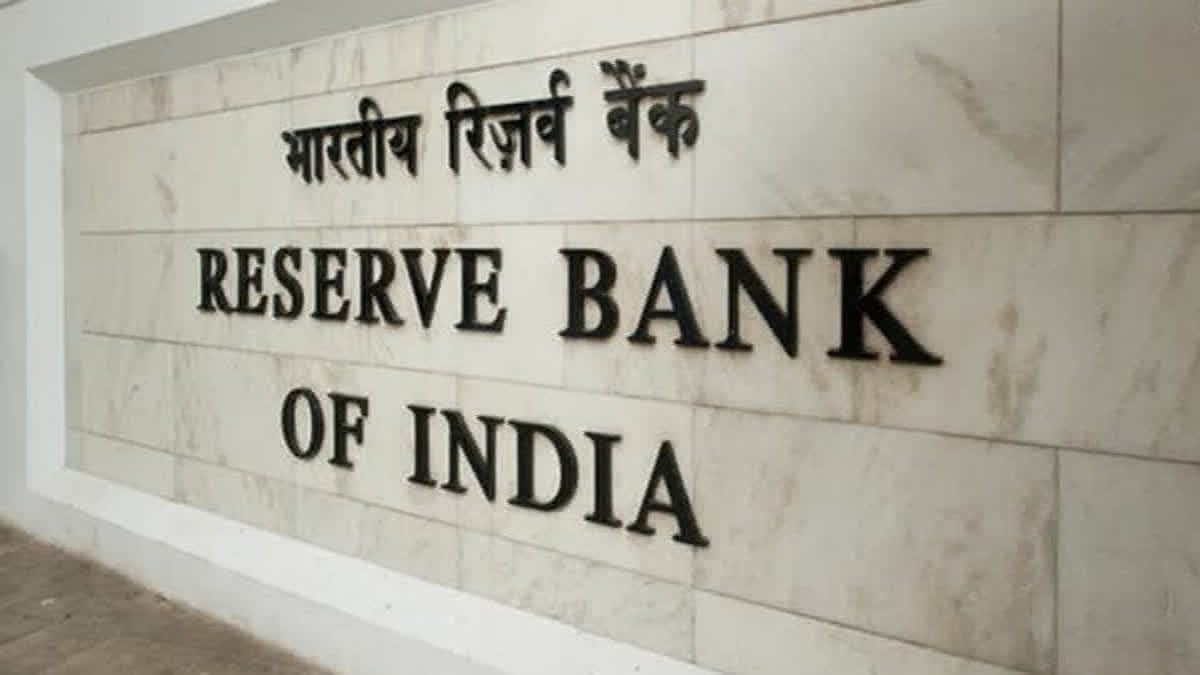Mumbai: The RBI must start a rate cut cycle with a 0.25 per cent reduction in key rates at the next policy review in February, a German brokerage said on Tuesday. Delaying rate cuts will only lead to more sacrifice on growth, analysts at Deutsche Bank (DB) said, adding that the RBI also risks falling behind the curve if the action is delayed.
"We expect the RBI to cut the policy rate by 0.25 per cent each in February and April monetary (reviews), bringing the repo rate down to 6 per cent in H12025," they said.
It said monetary transmission works with a considerable lag of at least three quarters in India. Therefore, it is a justification for the RBI to start cutting rates in February. "We believe the sooner the rate cuts are delivered, the lesser will be the growth sacrifice," it said, asking for the rate cuts not to be delayed.
It can be noted that the RBI has held rates for the last 11 policy reviews under former Governor Shaktikanta Das even as growth declined to multi-quarter lows, and all eyes are now set on the first-rate review under his successor Sanjay Malhotra in February.
The DB report said at nearly two years, this is the longest pause by RBI before it starts cutting rates, pointing out that the longest the RBI has waited between the end of a rate hike cycle and the start of a rate cut cycle is 11 months.
There is a space to cut by 0.50 per cent, it said, adding that the US Fed has already cut rates by 1 per cent in 2024 which opens up room for the RBI. The note came after India's December CPI inflation moderated to 5.22 per cent from 5.48 per cent in November.
The analysts said they forecast CPI inflation to average about 4.3 per cent in January-June 2025, lower than the RBI's forecast. Headline inflation will be lower than the 4.9 per cent estimated by RBI for the January-March period as vegetable prices come off sharply in the winter months on the arrival of new crops.
The rupee will continue to be under pressure going forward as well, it said, recommending that the monetary policy should focus on the growth-inflation dynamics.



